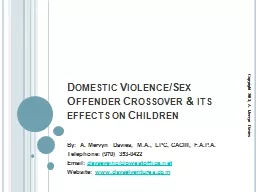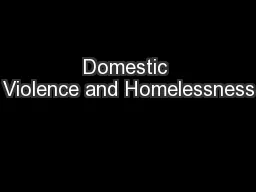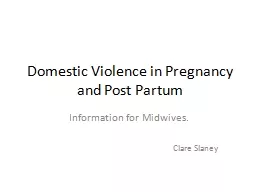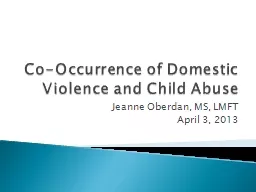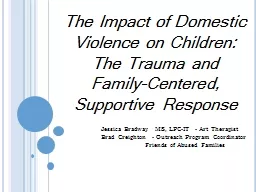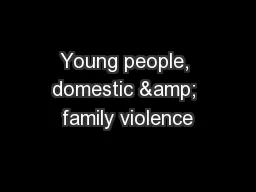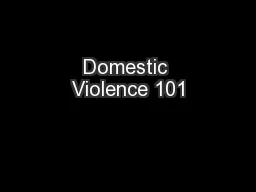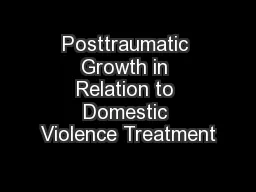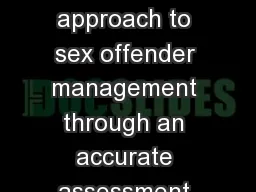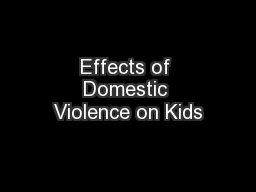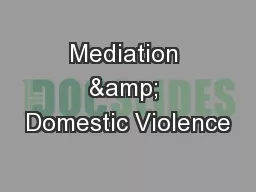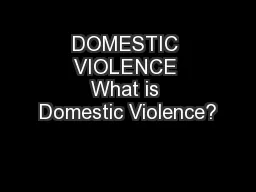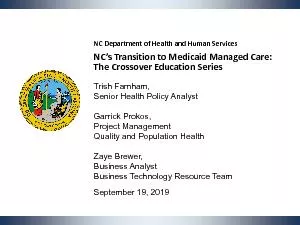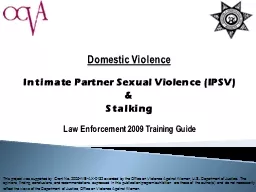PPT-Domestic Violence/Sex Offender Crossover & its effects
Author : jane-oiler | Published Date : 2017-03-21
By A Mervyn Davies MA LPC CACIII FAPA Telephone 970 3530422 Email davseveincqwestofficenet Website wwwdavselventurescom Copyright 2013 A Mervyn Davies Cultural
Presentation Embed Code
Download Presentation
Download Presentation The PPT/PDF document "Domestic Violence/Sex Offender Crossover..." is the property of its rightful owner. Permission is granted to download and print the materials on this website for personal, non-commercial use only, and to display it on your personal computer provided you do not modify the materials and that you retain all copyright notices contained in the materials. By downloading content from our website, you accept the terms of this agreement.
Domestic Violence/Sex Offender Crossover & its effects: Transcript
Download Rules Of Document
"Domestic Violence/Sex Offender Crossover & its effects"The content belongs to its owner. You may download and print it for personal use, without modification, and keep all copyright notices. By downloading, you agree to these terms.
Related Documents

